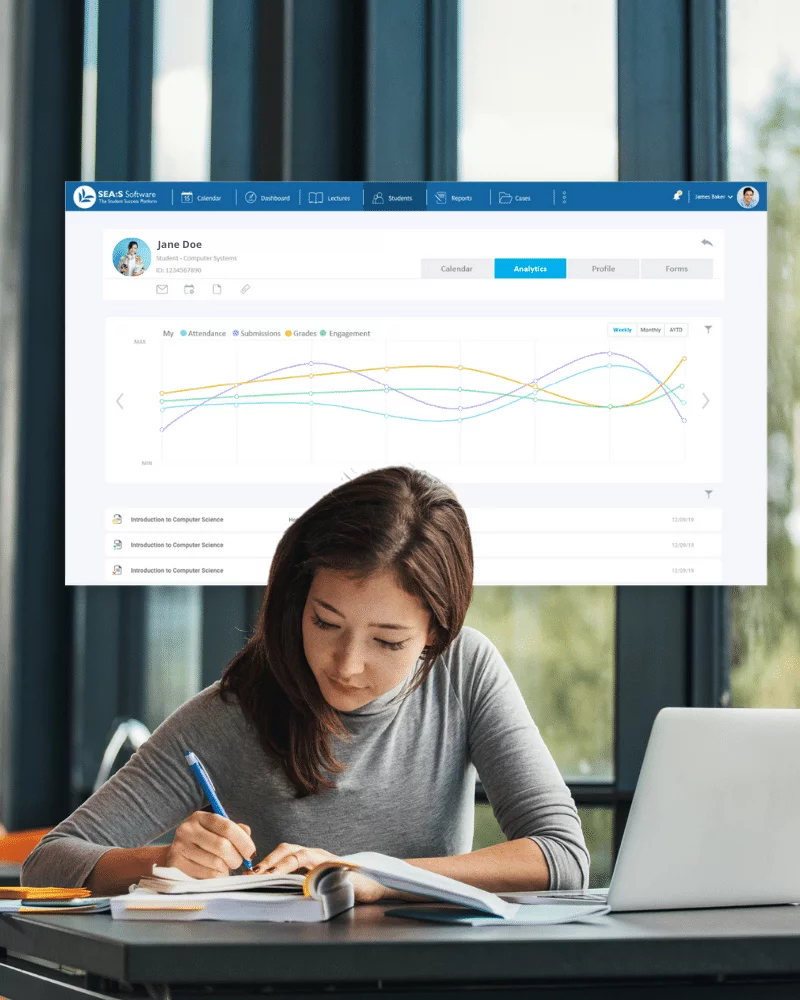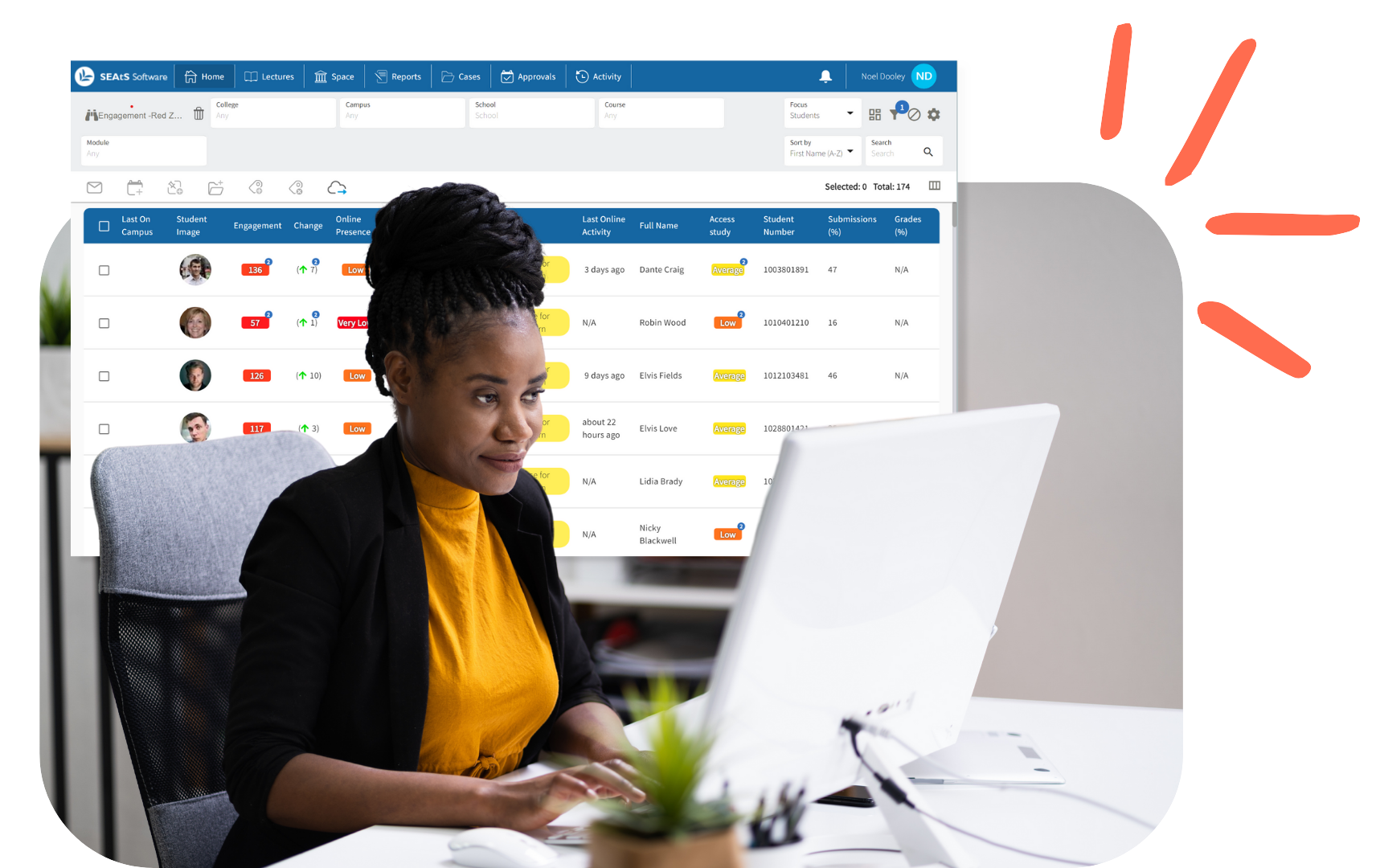An early alert system is a tool that helps identify and support students who are at risk of academic failure, dropout, or mental health issues. It allows faculty and staff to monitor student performance, attendance, engagement, and well-being, and to intervene early with personalized feedback, guidance, and referrals.
In this article we look at four signs that may indicate your university needs an early alert system.
Are you struggling to proactively support your students and implement interventions before it is too late? Here are the 4 key signs your university may benefit from an early alert system:
1. Graduation and Retention Rates
You have noticed a dip in retention and graduation rates. If your university is struggling to keep students enrolled and help them complete their degrees, you might have a problem with student engagement and motivation. Perhaps certain courses have lower retention rates than others, or maybe you are only finding out that students are struggling after they fail to graduate or complete final exams? An early alert system can help you identify the factors that are affecting student persistence and address them before they lead to dropouts.
2. Academic Performance Issues
You have high rates of academic probation and dismissal. If your university is seeing a lot of students fail courses, repeat semesters, or get expelled, you might have a problem with student preparedness and performance. An early alert system can help you detect the academic challenges that students are facing and provide them with timely feedback, tutoring, mentoring, or other support services.

3. Real-time, Actionable Data Insights
You have limited data and insights on student behavior and outcomes. If your university is relying on outdated or incomplete information to make decisions about student success, you might have a problem with data quality and accessibility. An early alert system can help you collect and analyze data from multiple sources, such as grades, attendance, assignments, surveys, and online activity, and generate actionable reports and dashboards on this data.
4. Communication and Collaboration
You have inconsistent or ineffective communication and collaboration among stakeholders. If your university is experiencing silos or gaps in the communication and coordination of student support efforts, you might have a problem with organizational culture and alignment. An early alert system can help you create a shared vision and responsibility for student success among faculty, staff, advisors, counselors, and administrators, and facilitate communication and collaboration across departments and units. Keeping everyone on the same page, focused on helping students succeed.
Conclusion
Implementing an early alert system can have a profound impact on student outcomes. The SEAtS Early Alert System is a tool that helps academic staff monitor the attendance and engagement of students. It uses data from various sources, such as timetables, online learning platforms, and library usage, to identify students who may be at risk of dropping out or underperforming. It allows educators to intervene early and provide targeted support, helping students stay on track and achieve their full potential. Additionally, it enables institutions to identify trends and patterns across their student population, allowing for proactive measures to be taken to address systemic issues.
In a highly competitive educational landscape, prioritising student success is essential. An early alert system for universities not only promotes student success but also enhances institutional effectiveness and reputation. Don’t wait to implement this invaluable tool in your educational institution. Stay ahead of the curve and empower your students to thrive.
CONTACT US
Learn more about implementing an early alert system with SEAtS Software today! Contact us.









